



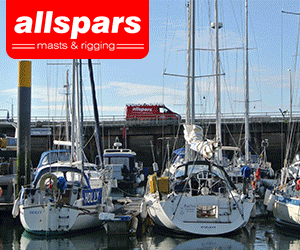
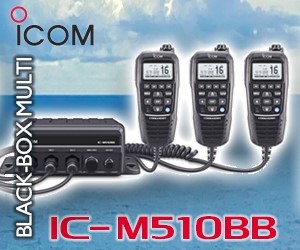
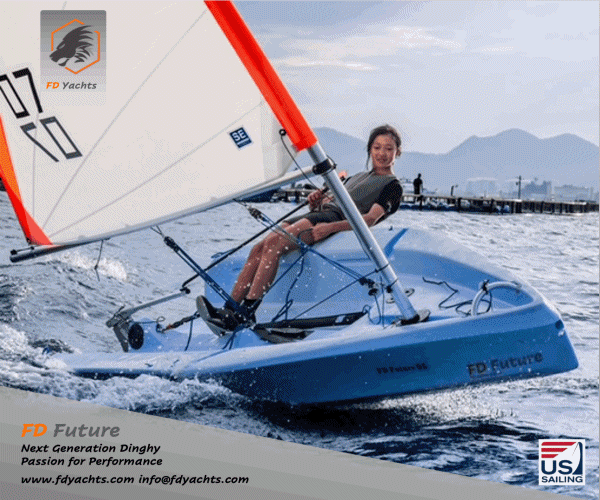



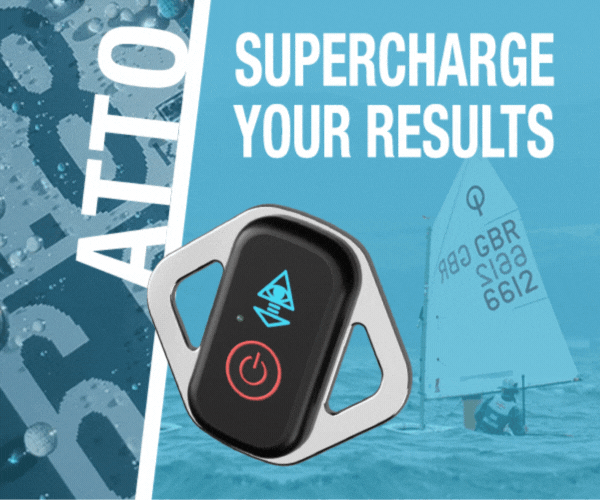
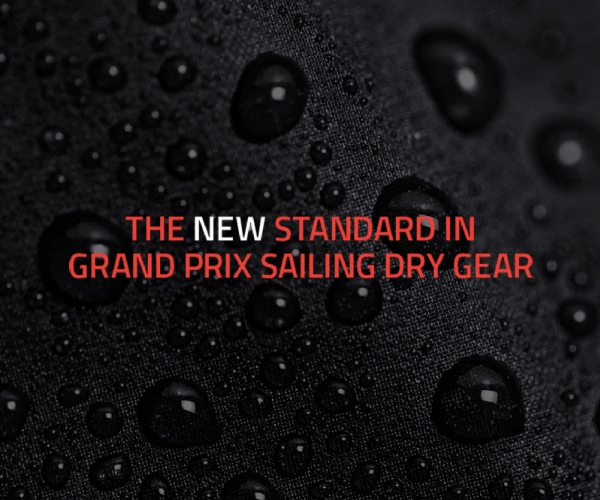
Boats for sale
| Laser 140101 Tynemouth |
 |
| Laser 161752 Tynemouth |
 |
| Laser 28 - Excellent example of this great design Hamble le rice |
 |
List classes of boat for sale |
Sail twist simplified |
Post Reply 
|
| Author | |
dohertpk 
Posting king 
Joined: 28 Sep 12 Online Status: Offline Posts: 172 |
 Post Options Post Options
 Quote Quote  Reply Reply
 Topic: Sail twist simplified Topic: Sail twist simplifiedPosted: 07 Aug 17 at 2:20pm |
|
Hi all,
After five odd years of sailing, I have yet to find a readily intelligible explanation of sail twist. I understand that air flow is 'freer' further up the mast, but that's about it. It would be great if someone could give me a really simple answer to the following questions: 1) How does sail twist relate to power? That is, should one twist the sail more as the wind increases, or decrease twist? 2) How do the sail controls affect sail twist? Does pulling on the cunningham and the kicker induce more twist in the sail or do these controls reduce twist? 3) I understand catamarans are different. How do the mainsheet, traveller and downhaul affect twist on cats? For reference I sail an RS600 and an F18 cat. Many thanks for any insight. Peter
|
|
 |
|
iGRF 
Really should get out more 
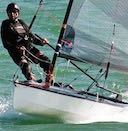
Joined: 07 Mar 11 Location: Hythe Online Status: Offline Posts: 6499 |
 Post Options Post Options
 Quote Quote  Reply Reply
 Posted: 07 Aug 17 at 2:35pm Posted: 07 Aug 17 at 2:35pm |
|
Think of a sail as you would an engine and the twist is the exhaust system, the 'twist accllerates the flow of air away from the sail ensuring the new flow is free to travel as fast as is optimal, it's why I've never fully grasped why dinghy sailors like to choke the sail with kicker, i guess it's because they are not seeking ultimate speed and the kicker enables the sail to point higher, so all the fiddling about between the kicker and cunningham is a black art to induce the best relationship between the sail twisting to exhauts the flow whilst retaining the sails ability to point high.
Edited by iGRF - 07 Aug 17 at 2:36pm |
|
 |
|
Guests 
Guest Group 
|
 Post Options Post Options
 Quote Quote  Reply Reply
 Posted: 07 Aug 17 at 7:03pm Posted: 07 Aug 17 at 7:03pm |
|
If you sailed a single sailed boat, and the wind was constant in strength and direction from the sea surface to the top of the mast, and you were not over powered, you would look to set your sail with no twist. However, the world is rarely like that.
If you have a jib, the main below the hounds can be sheeted in at a tighter angle than the main above the jib. Above the jib it should be sheeted to the same angle as the jib, which requires twist though not in comparison to the local wind direction. If you are overpowered, you are best off spilling wind from the top, where the heeling lever is greatest. You do this with twist. If the wind is light, the apparent wind itself will not be constant in direction. It will be freer at the top of the mast, so again twist the sail to get a constant angle of attack relative to the apparent wind. Pulling the kicker on, or mainsheet on a cat, reduces twist. Let the kicker, or mainsheet in a cat, off to twist the sail in light winds. Pulling the downhaul on tight also twists the sail, especially in fully battened square top rigs. This should be done to reduce power when windy rather than to get twist in light air. |
|
 |
|
Noah 
Really should get out more 
Joined: 29 Dec 04 Location: United Kingdom Online Status: Offline Posts: 611 |
 Post Options Post Options
 Quote Quote  Reply Reply
 Posted: 07 Aug 17 at 7:12pm Posted: 07 Aug 17 at 7:12pm |
|
The wind, is, of course, always trying to open the leech, especially in the '4th corner'. For my money (and happy to be educated), up to full power you need little twist. (I was going to say optimal, but that's what is always needed. It's just that 'optimal' is different in differing conditions.) Beyond full power twist depowers the sail and reduces the 'falling over' forces. Kicker vs cunno, plus centreboard position all work in sync to keep the boat flat and flying. Add in mast pre-bend and jib / mainsail slot management and it's no wonder we mere mortals get confused. Theory is one thing. Putting it into practice quite another....
|
|
|
Nick
D-Zero 316 |
|
 |
|
RS400atC 
Really should get out more 
Joined: 04 Dec 08 Online Status: Offline Posts: 3011 |
 Post Options Post Options
 Quote Quote  Reply Reply
 Posted: 07 Aug 17 at 8:50pm Posted: 07 Aug 17 at 8:50pm |
|
Too little twist in light air, the upper leach tell-tales won't be happy.
The wind close to the water can be going a lot slower than at the top of the mast, so you need to sheet the bottom of the sails further in. Sometimes. Given a little more breeze and once flow is established, you can close the leach, losing the twist and point high. But when you hit a hole or a shift, lose some leach tension to get going again. I think it depends on the sail planform. Loads of roach and/or a lot of mast bend is a different recipe to a triangular sail, so generalisations may be of limited value? |
|
 |
|
Post Reply 
|
| Forum Jump | Forum Permissions  You cannot post new topics in this forum You cannot reply to topics in this forum You cannot delete your posts in this forum You cannot edit your posts in this forum You cannot create polls in this forum You cannot vote in polls in this forum |
Bulletin Board Software by Web Wiz Forums® version 9.665y
Copyright ©2001-2010 Web Wiz
Change your personal settings, or read our privacy policy
Copyright ©2001-2010 Web Wiz
Change your personal settings, or read our privacy policy











 Printable Version
Printable Version Delicious
Delicious Digg
Digg Facebook
Facebook Furl
Furl Google
Google MySpace
MySpace Newsvine
Newsvine reddit
reddit StumbleUpon
StumbleUpon Twitter
Twitter Windows Live
Windows Live Yahoo Bookmarks
Yahoo Bookmarks Topic Options
Topic Options